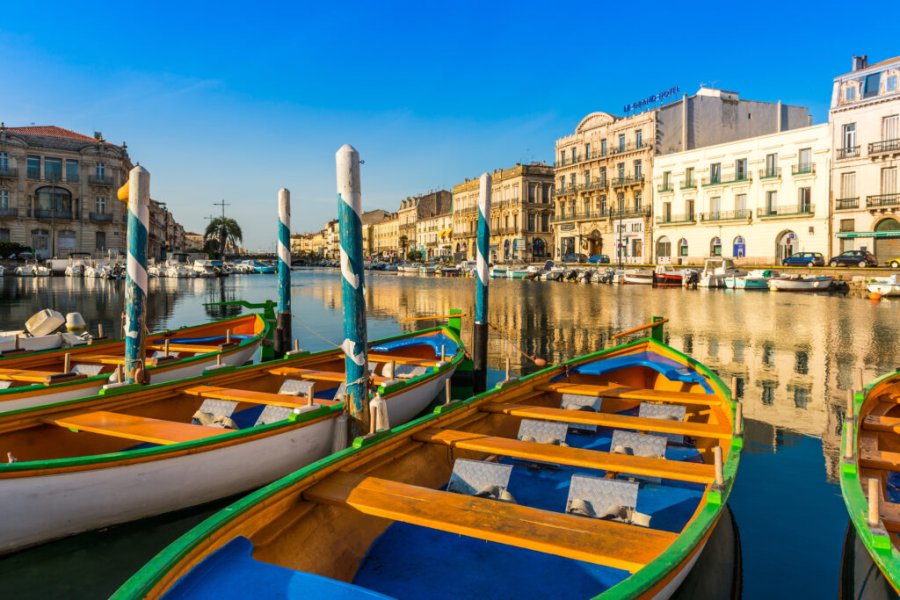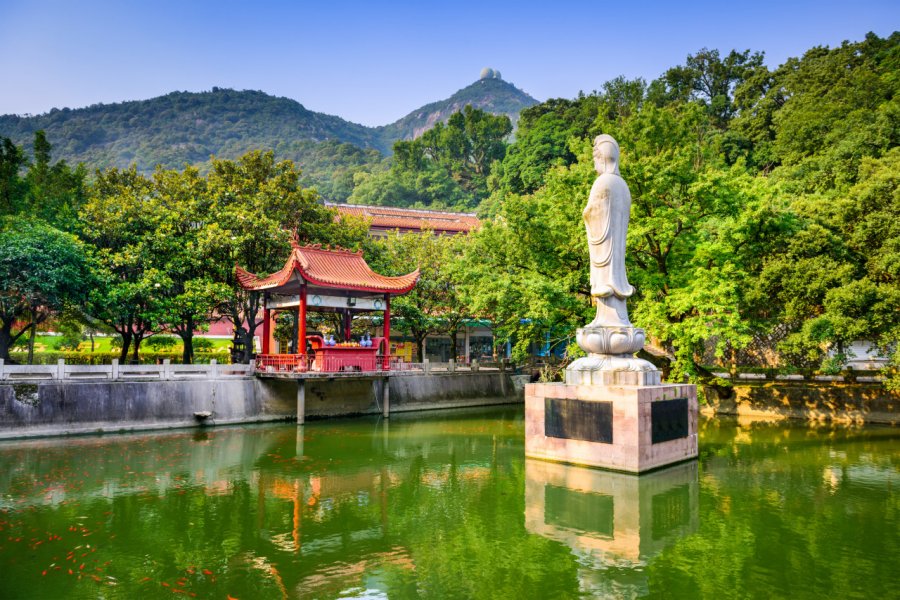Travel Guide Fuzhou 福州
Find an accommodation
Advertising
A pioneer in China's opening up to the world, Fuzhou has no major tourist interest today, retaining only rare vestiges showing his rich past. This industrial town that is gradually modernizing is nevertheless an interesting stopover during your visit to the Fujian before joining other nearby sites like Wuyishan.Located north of Fujian, at the mouth of the Min River, the agglomeration of Fuzhou has 7 million inhabitants. It is home to more than 2.5 million overseas Chinese. With an area of 12,000 square kilometers, Fuzhou has five districts (Mawei, Gulou, Taijiang, Cangshan and Jin 'an), Fuqing and Changle, and six counties (Minhou, Minqing, Yongtai, Pingtan, Lianjiya, Lianjian) Ang and Luoyuan).HistoryThe history of Fuzhou, now known as the «city of Banians» because of the figurees along its streets, dates back to more than 1,800 years. Founded in 202, it was first named Yecheng («the city of blast furnaces»). Its current name dates from the Tang dynasty (725), when a mountain in the shape of Chinese character (╚, "joy") was discovered in the vicinity and named Fushan. The city was renamed Fuzhou, the Fu prefecture. Since then, its strategic location has always allowed Fuzhou to be a major port of commerce.Under the Song dynasty, the most modern warship was invented at the time. This large ship, known as the Fu, was heavily armed and propelled by huge sails supported by a long mast. Marco Polo stopped in Fuzhou at the end of the thirteenth century and noticed the growing influence of this city, just a few nautical miles from Zaiton (the current Quanzhou), then one of the world's most important merchant ports.During the reign of Ming Emperors (1368-1644), many trading houses settled in Fuzhou, giving a fantastic impulse to the local economy. From the sixteenth century, the stopover was one of the most cosmopolitan in the maritime silk road and celebrated for its production of lacquer, porcelain and teas. The appetite of the colonial powers quickly dawned.Three centuries later in 1842, the signing of the Nankin Treaty forced Fuzhou (but also Xiamen, Guangzhou, Shanghai and Ningbo) to forcibly fold into foreign trade. Connected to the national rail network since 1957, the city has a modern economy more than ever opened on the outside. It is thus one of the fourteen coastal cities that have opened up to foreign investment since 1984. Many international companies have their production centers in the free zones around the city.
What to visit Fuzhou 福州?
Advertising
Weather at the moment
Advertising
Organize your trip with our partners Fuzhou 福州
Transportation
Book your plane tickets
Car Rental
Boat rental
Accommodation & stays
Find a hotel
Holiday rental
Find your campsite
Tailor-made trip
Immersion travel
Services / On site
Activities & visits
Find a doctor
Find unique Stay Offers with our Partners
Pictures and images Fuzhou 福州
Other destinations nearby Fuzhou 福州
100 km away













